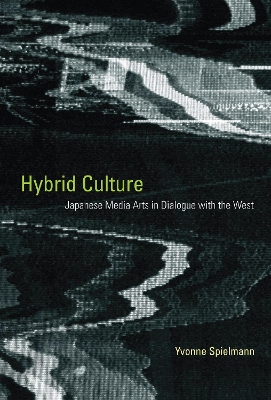An exploration of the tensions between East and West and digital and analog in Japanese new-media art.
This book grew out of Yvonne Spielmann's 2005-2006 and 2009 visits to Japan, where she explored the technological and aesthetic origins of Japanese new-media art-which was known for pioneering interactive and virtual media applications in the 1990s. Spielmann discovered an essential hybridity in Japan's media culture: an internal hybridity, a mixture of digital-analog connections together with a non-Western development of modernity separate from but not immune to Western media aesthetics; and external hybridity, produced by the international, transcultural travel of aesthetic concepts.
Spielmann describes the innovative technology context in Japan, in which developers, engineers, and artists collaborate, and traces the Japanese fondness for precision and functionality to the poetics of unobtrusiveness and detail. She examines work by artists including Masaki Fujihata, whose art is both formally and thematically hybrid; Seiko Mikami and Sota Ichikawa, who build special devices for a new sense of human-machine interaction; Toshio Iwai, who connects traditional media forms with computing; and Tatsuo Miyajima, who anchors his LED artwork in Buddhist philosophy. Spielmann views hybridity as a positive aesthetic value-perhaps the defining aesthetic of a global culture. Hybridity offers a conceptual approach for considering the ambivalent linkages of contradictory elements; its dynamic and fluid characteristics are neither conclusive nor categorical but are meant to stimulate fusions.
- ISBN10 0262018373
- ISBN13 9780262018371
- Publish Date 30 November 2012 (first published 1 January 2012)
- Publish Status Out of Stock
- Publish Country US
- Publisher MIT Press Ltd
- Imprint MIT Press
- Format Hardcover
- Pages 280
- Language English
- URL http://mitpress.mit.edu/9780262018371
